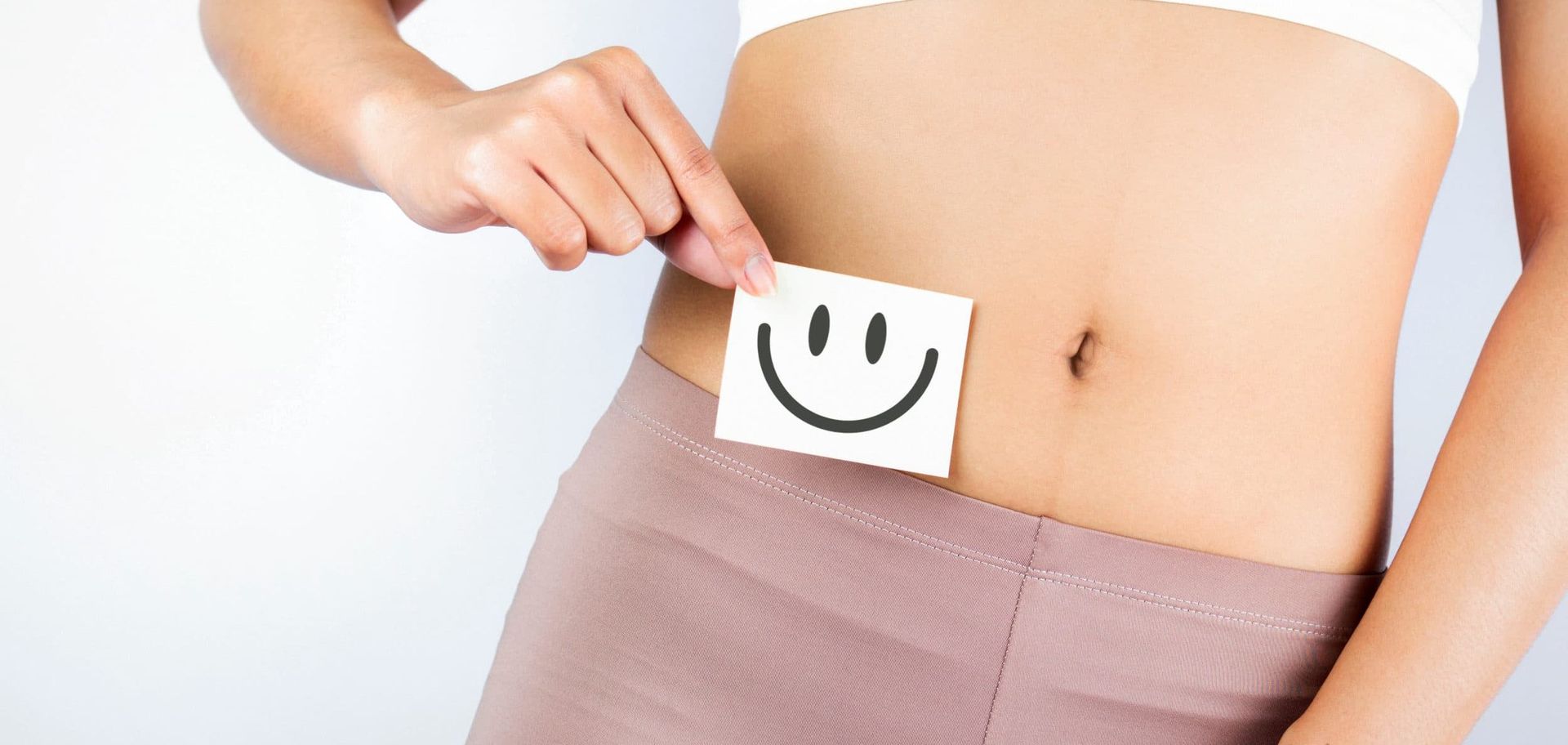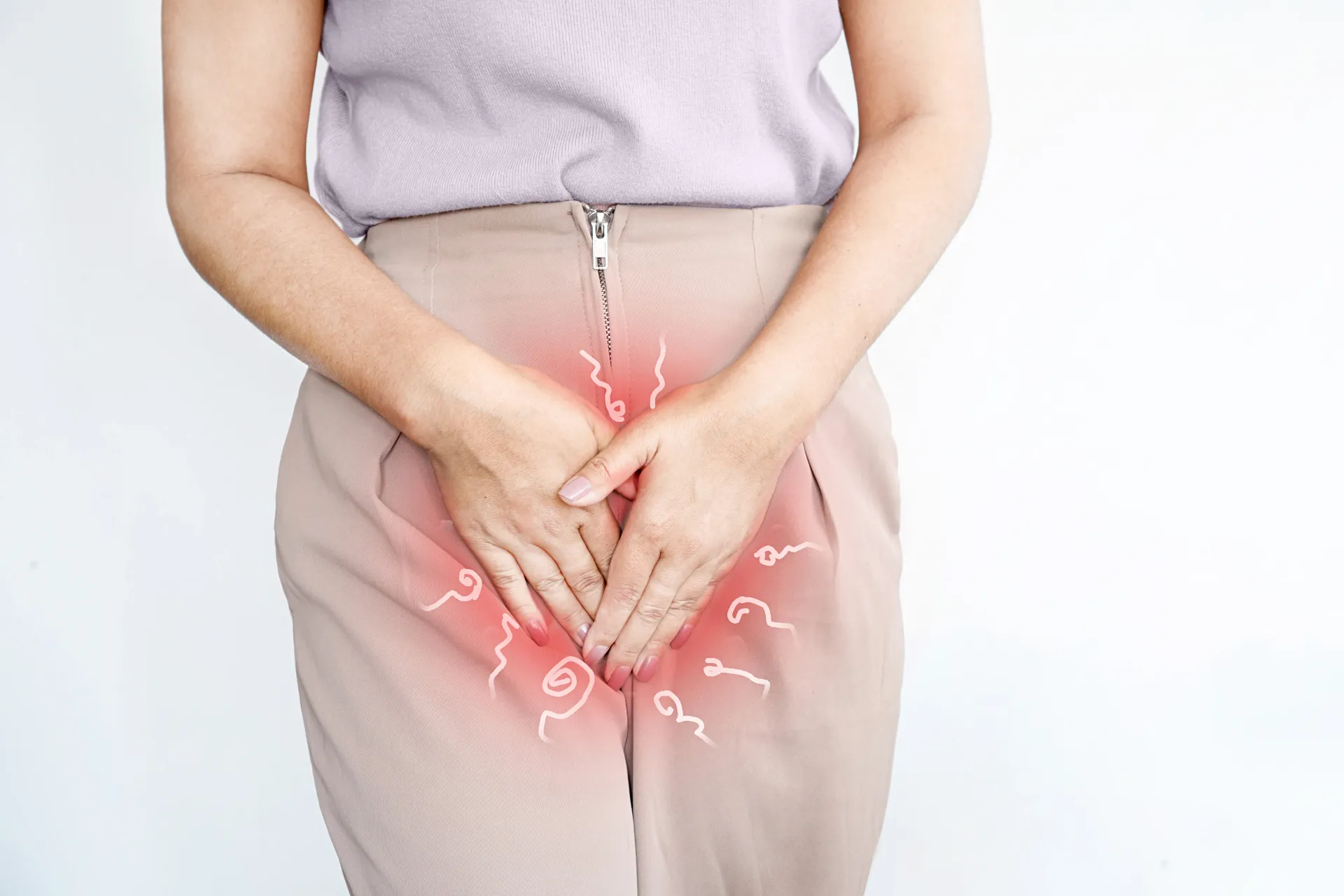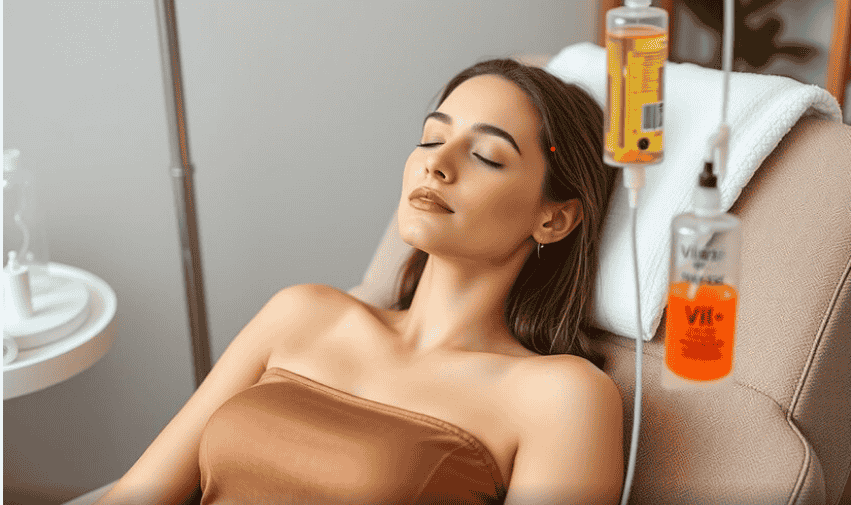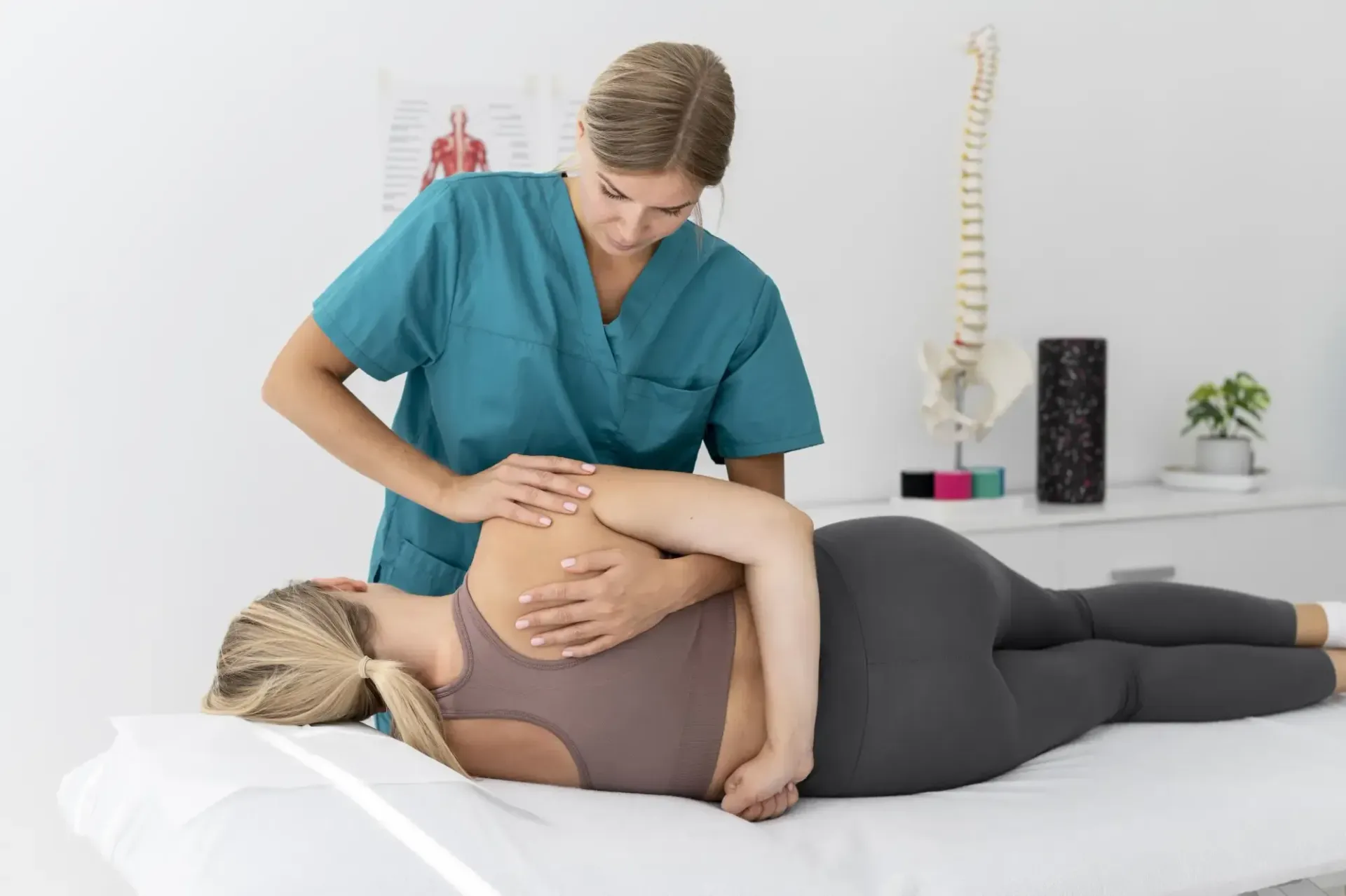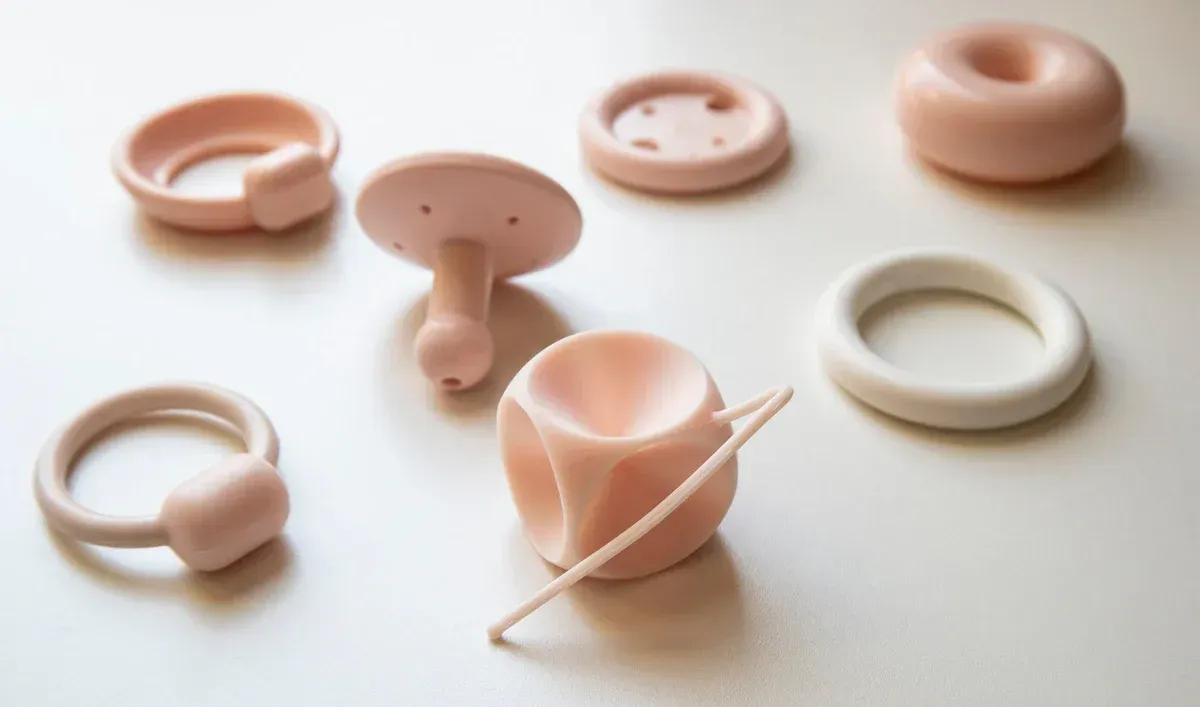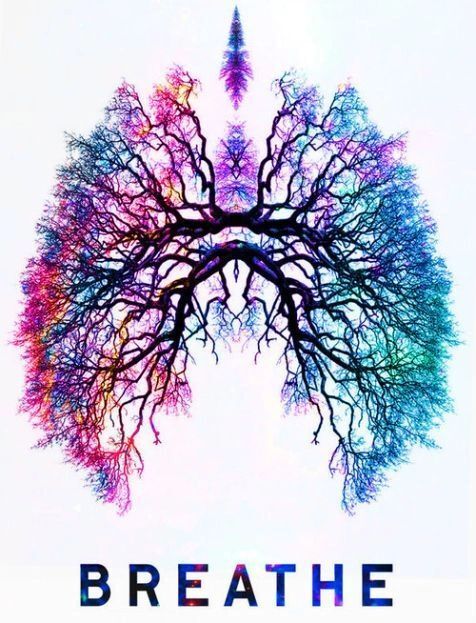
Starting a new routine can be stressful and overwhelming! As the summer comes to a close and we enter the fall season, TVHC has some tips we would love to share with you! Here are our three top stress buster techniques:
1. Deep diaphragmatic breathing
Try sitting or lying down (face up) in a comfortable position. Place one hand over your stomach and the other over your chest. As you take a deep breath in through your nose, feel for your stomach to rise. You want your stomach to rise before your chest to make sure you are using primarily your diaphragm muscle for this deep inhalation. After you feel your stomach rise, feel for your chest to rise as you take in your final sips of air. Slowly exhale through your mouth feeling for your chest to sink first and then your stomach. You can repeat this breath cycle 10-15 times or until you feel more relaxed!
2. Progressive muscle relaxation
The goal of progressive muscle relaxation is to release tension from your body. Try finding a comfortable sitting or lying down position (face up). This works best when your space is quiet and the lights are dimmed. You may want to start with the distal end of your body and work your way up toward your head. First, start to create tension in your feet (try to curl your toes) for 5 seconds, and then release. Next, create some tension in your quads (push the backs of your thighs into the floor), and then release. You can repeat this with every major muscle group moving up your body toward your head. Remember to breathe as you try this stress busting technique!
3. Alternate nostril breathing
This can be more of a challenging breathing technique however, the benefits are worth the challenge! Find a comfortable seated position. You can place your left hand on your lap and let it rest while you bring your right hand up to your forehead. Place your index, middle and ring ring finger on to your forehead, and lay your thumb and pinky lightly on the outsides of your nostrils. First, close your right nostril with your thumb and inhale through your left nostril. Once you have inhaled as much as you can, close your left nostril with your pinky and release your thumb to exhale out through your right nostril. Next, inhale through your right nostril. Once you have inhaled as much as you can, close your right nostril and exhale through the left. You can repeat this technique until you feel more relaxed. If you experience any shortness of breath or discomfort during the breathing technique you may want to start with deep diaphragmatic breathing.


